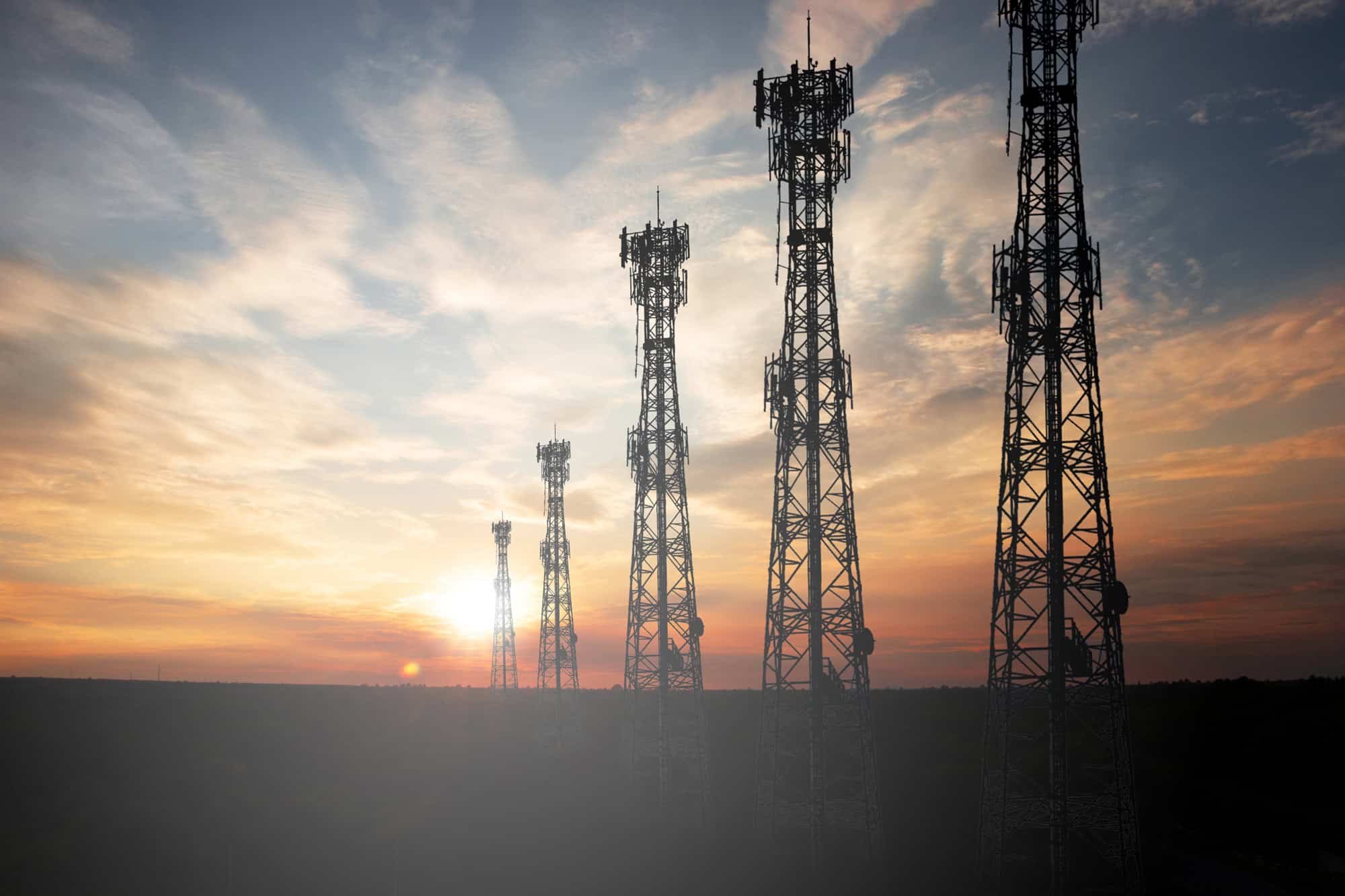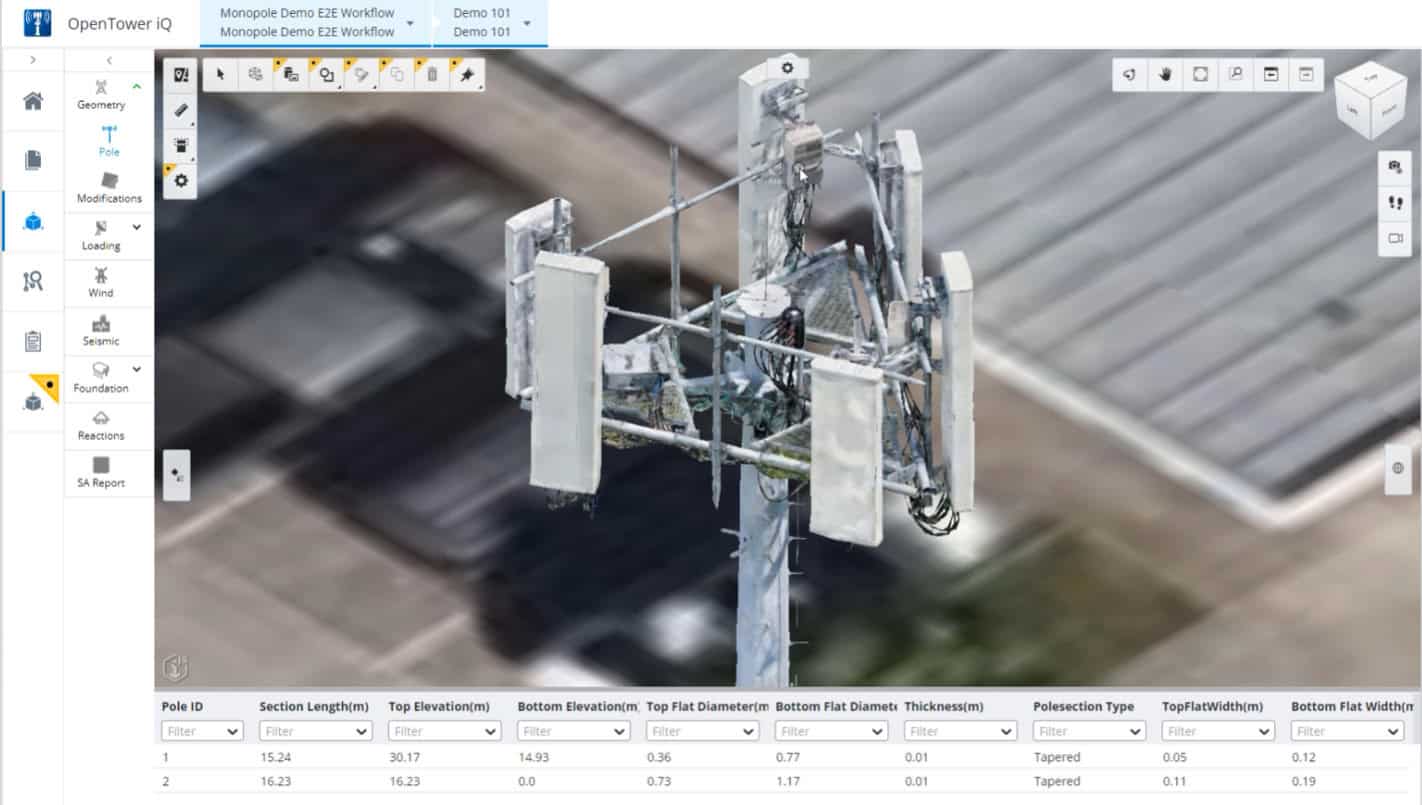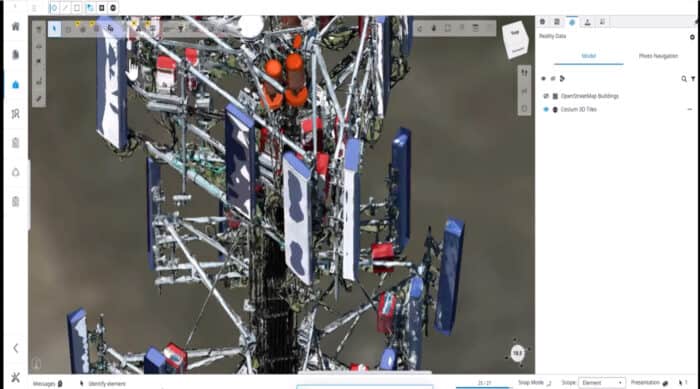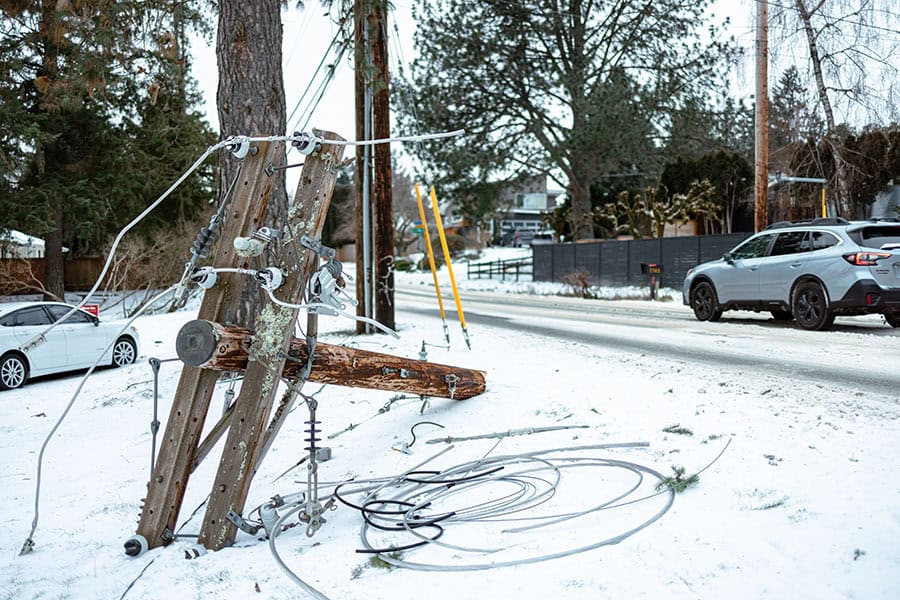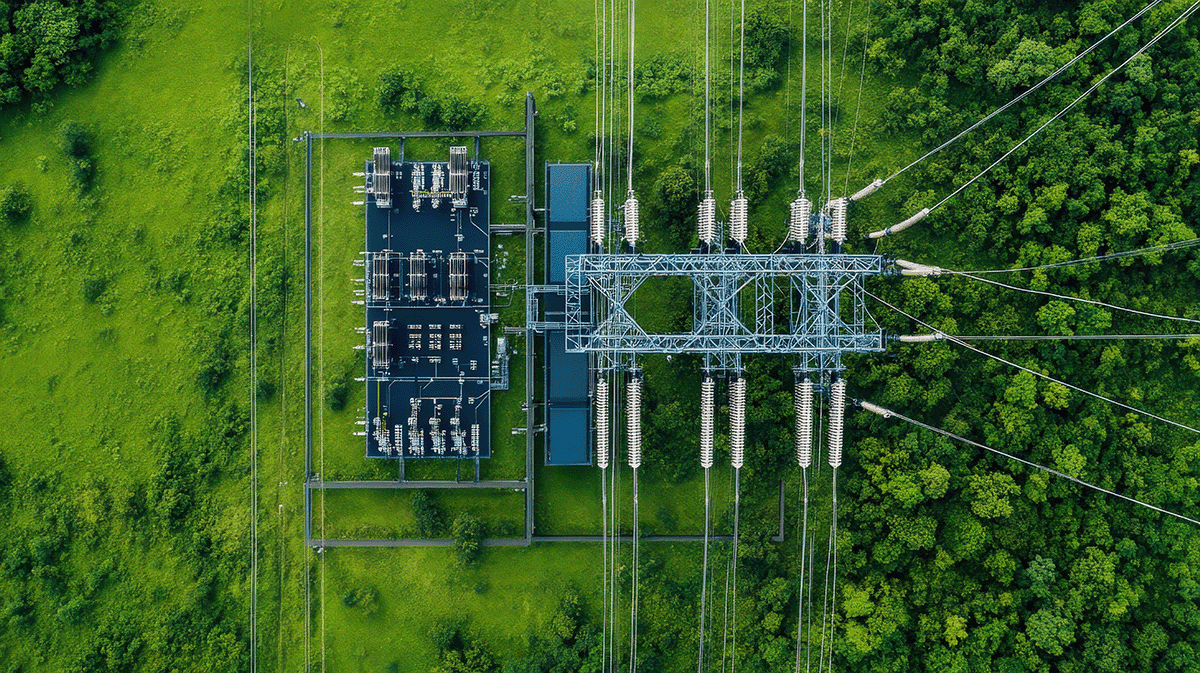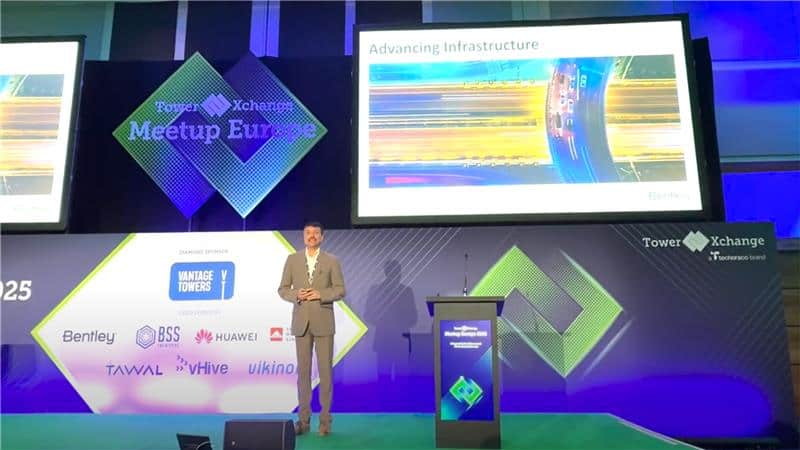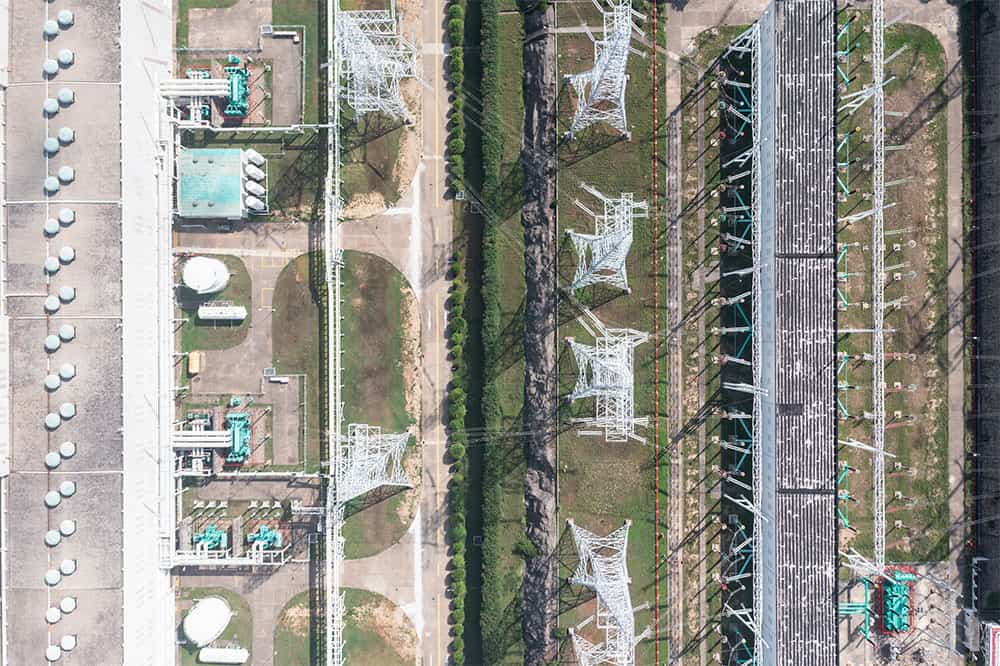In our current time of rapidly evolving technology, maintaining accurate data for any organization, independent of industry, is a constant challenge. With the expansion of 5G, 6G, and beyond, the challenge of data management is no stranger to those within the telecom sector. And if “data is the new gold,” then it is of utmost importance to have a plan to ensure that data is accessible, accurate, and actionable.
Late last year, AT&T announced a plan to create a digital twin for each of their tower sites. In an interview with RCR Wireless, Jeff McElfresh, AT&T’s COO, stated, “We’re going to touch every cell site that we’ve got in AT&T’s footprint […] as AT&T does so, it will be creating digital twins of each site, using technologies, such as drones and artificial intelligence, in order to insure that it has the right network assets at the right locations and right height.”
AT&T will leverage their tower digital twins to ensure the accuracy of their asset inventory data and confirm that, according to McElfresh, “the right network assets [are] at the right locations and the right height.” Having access to accurate tower equipment information is critical for network providers like AT&T to improve, maintain, and expand network coverage, ensure compliance, and stay up to date with the latest technology.
Three Factors Impacting Access to Accurate Tower Data
Since AT&T is dedicating resources to ensure the accuracy of their tower data, then there must initially be a concern that they are solving for. In working with many network providers and tower owners, Bentley has seen that there are three main factors impacting the accuracy and access of tower data:
- Co-location and the number of parties involved: Recently, most tower owners and network providers have adopted a co-location strategy where multiple providers install equipment on a single cell tower. This benefits all parties involved, as the tower owners increase revenue opportunities and the network providers accelerate network rollouts at a lower cost. In a Digital Infrastructure article reviewing the top 100 cellular tower companies, the top 10 tower owners’ tower tenancy ranged from 1.07 times (BSNL Tower Corporation) to 2.5 times (Crown Castle). Clearly, the majority of towers now host equipment from multiple operators. This approach has been beneficial to the industry but adds to the complexity of data accuracy when multiple parties, with various data management systems, are involved.
- Lack of accessible asset inventory: The FCC and OSHA suggest that all tower owners inspect their assets regularly to ensure general safety and structural integrity. But the recording of installed equipment and all associated details is not standardized. So, this information could be stored in a variety of systems including asset management, BIM, billing platforms, and others. When decisions need to be made, accessing this information can be a challenge.
- Site acquisition: The consolidation of tower ownership has been underway for many years now and seems to be a continuing trend with Vertical Bridge acquiring more than 6,300 tower sites from Verizon for approximately USD 3.3 billion last December. Adding to the existing factors of co-location and lack of accessible asset inventory, transferring site ownership adds yet another layer of complexity when transferring data from one owner to another.
Considering all these factors, staying on top of tower data is a constant struggle, one that requires a solution to ensure growing revenues for tower owners and constant coverage for operators.
How Can Tower Digital Twins Help to Maintain Accurate Tower Data?
The concept of a digital twin, while not new, has become overused and often misunderstood, diminishing its true purpose and potential. Many equate a digital twin with a point-cloud or 3D model, overlooking the transformative capabilities of this technology. Recent advancements in intelligent digital twins have significantly enhanced their applicability to tower data management
In the Digital Twin Consortium’s definition of a digital twin, the organization states that one important factor is that they are “built on integrated and synchronized IT/OT/ET systems, use real-time and historical data to represent the past and present, and simulate predicted futures.”
So, why does that matter when it comes to tower data?
Considering the three challenges with tower data, there are three aligning aspects of a tower digital twin that help provide full ownership of tower data:
- Historic equipment data: This data can help answer questions, such as: What equipment was meant to be installed on the tower? Where was it supposed to be installed? How have changes evolved over time?
- Current equipment data: This data provides a view of reality or as-built information that can validate or identify discrepancies against historical data and provide an opportunity to reconcile or true-up tower data.
- Future state simulation: This ability is key for remediating existing discrepancies that may have occurred between design and implementation. Future state simulation detects and solves design challenges quickly, avoiding rework and predicting construction impediments.
By combining these data sources and capabilities into a single system, such as an intelligent tower digital twin, a single source of truth is created. It eliminates scattered, unstructured data, and when changes occur, the digital twin can capture those and achieve integrated tower data management.
An AI-powered, Purpose-built Tower Digital Twin Solution
Bentley’s OpenTower iQ is an AI-powered digital twin solution purpose-built for telecom tower management. By ingesting design models and visualizing reality models, users can access historic data and current data in a singular platform. Maintaining accurate tower data is at the core of OpenTower iQ’s capabilities, and equipment inspections and detections can be fully automated through AI. These automated detections can classify:
- Tower measurements
- Discrete appurtenances
- Linear appurtenances
- Mounts
- Poles and towers with bracing patters
- Compound objects
Once these details are identified within the reality model, users can perform comparisons of as-built and as-designed conditions to reconcile data. This practice gives the user the confidence that the right network assets are at the right locations and the right height.
The benefits of a digital twin go beyond maintaining data accuracy. With accessible, accurate tower data, OpenTower iQ can also enable key downstream workflows like inventory reporting, mount analysis, structural analysis, construction documentation, CAD exports, space availability reporting, and BIM model generation.
With OpenTower IQ, the full tower lifecycle can be managed in a single system, accelerating project delivery, reducing costs, and most importantly, keeping tower data accurate for future upgrades and maintenance.
Ready to take control of your tower data? Learn more about OpenTower iQ and how it can streamline your operations and boost efficiency.
